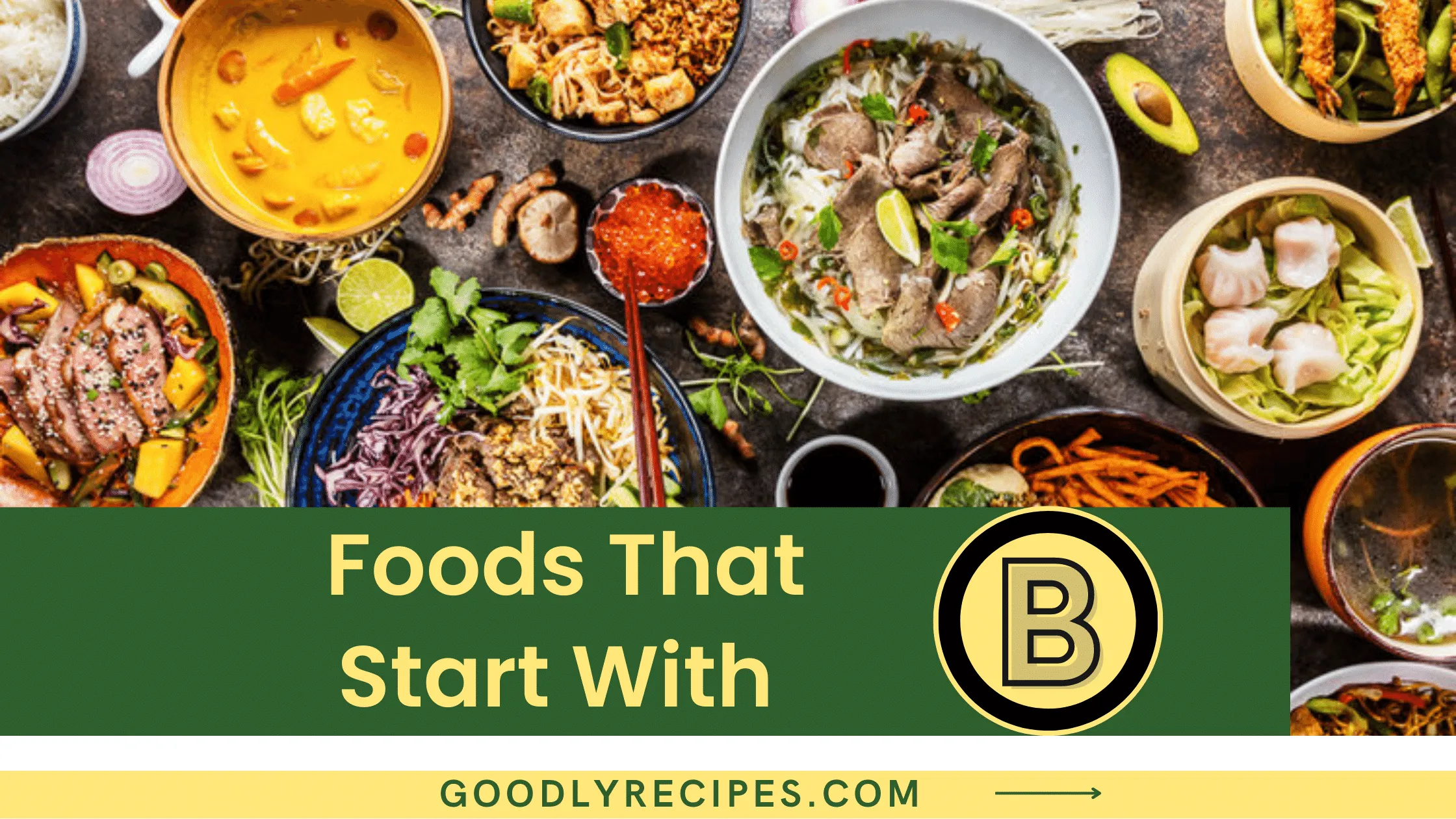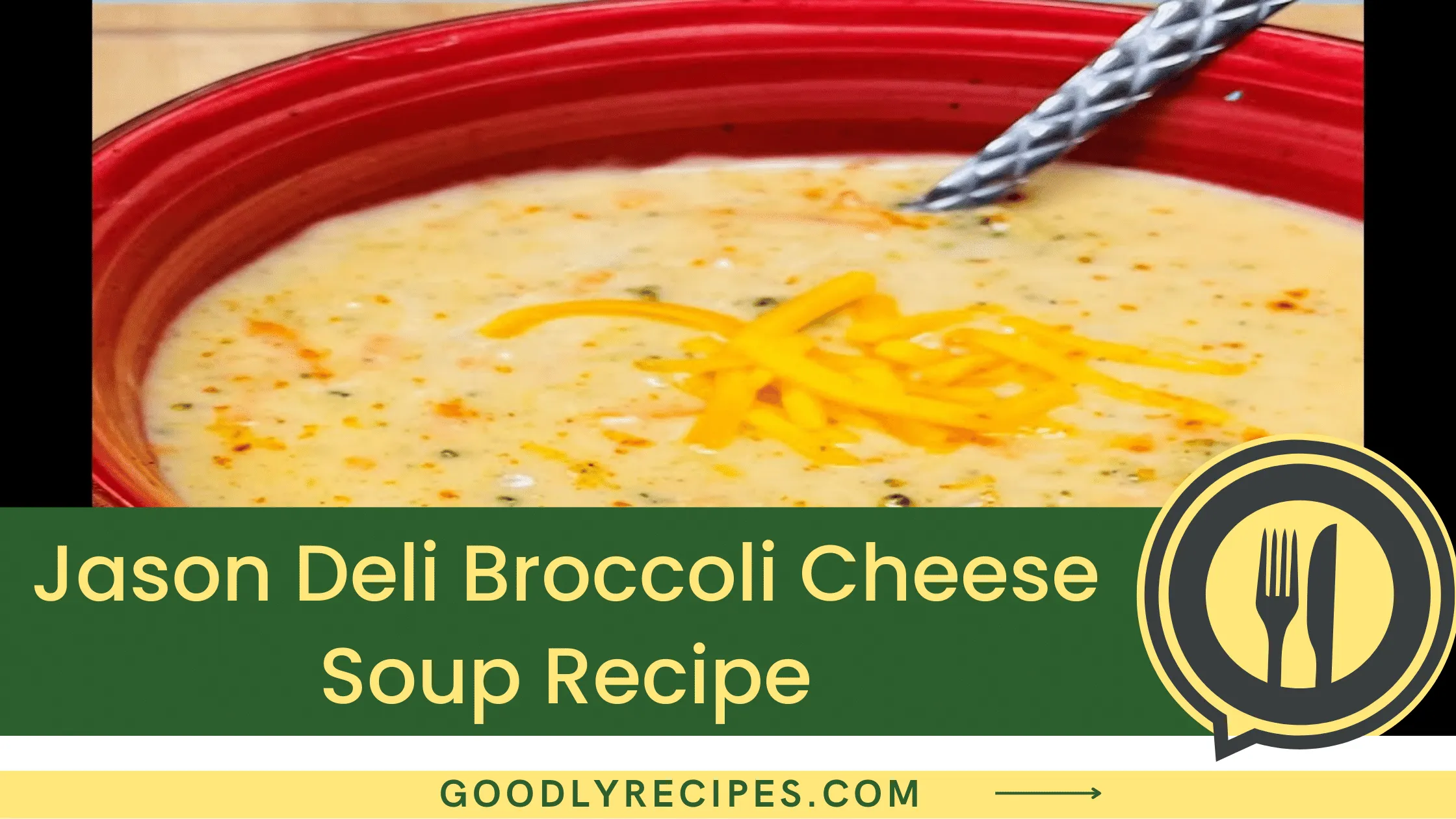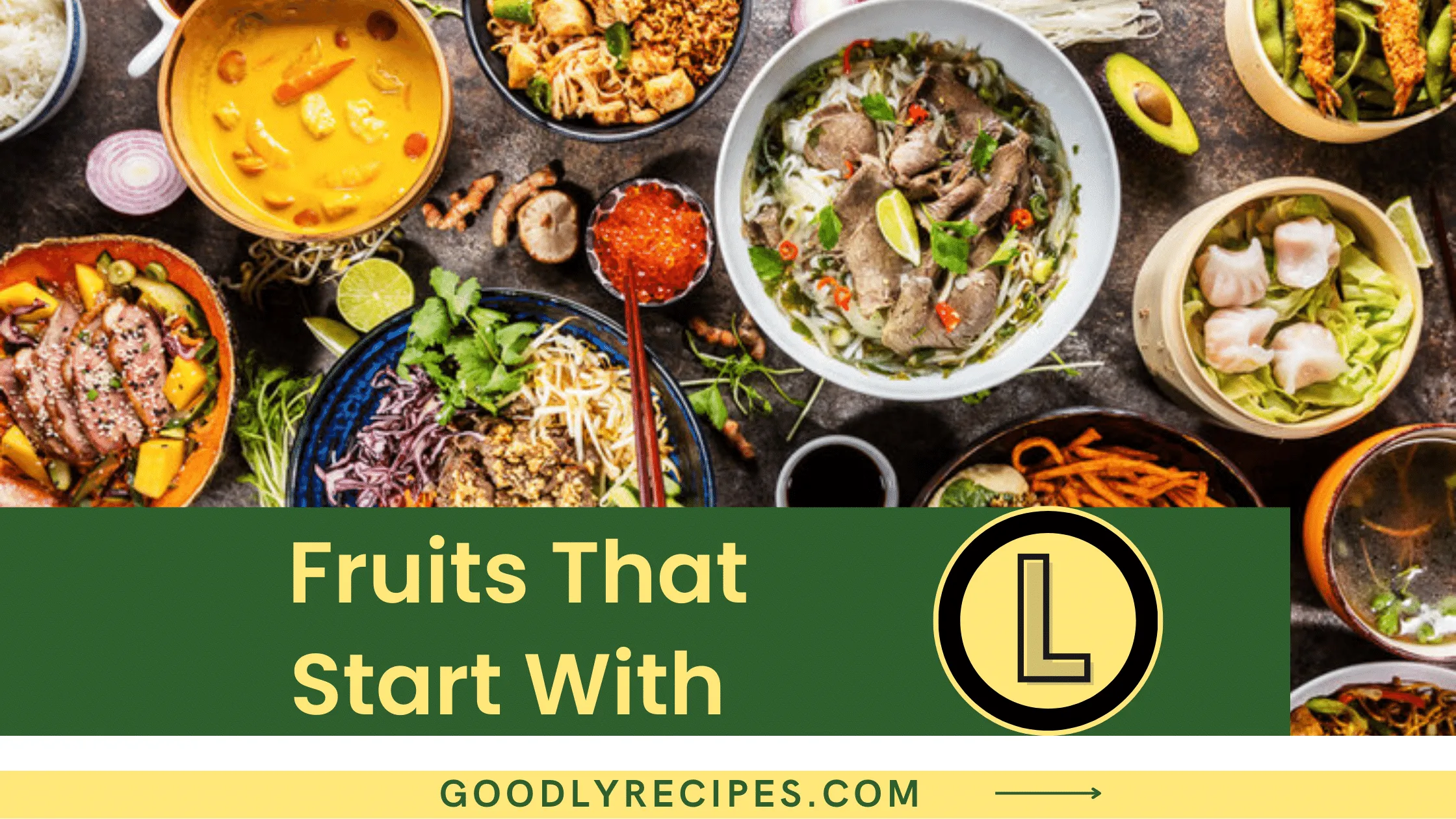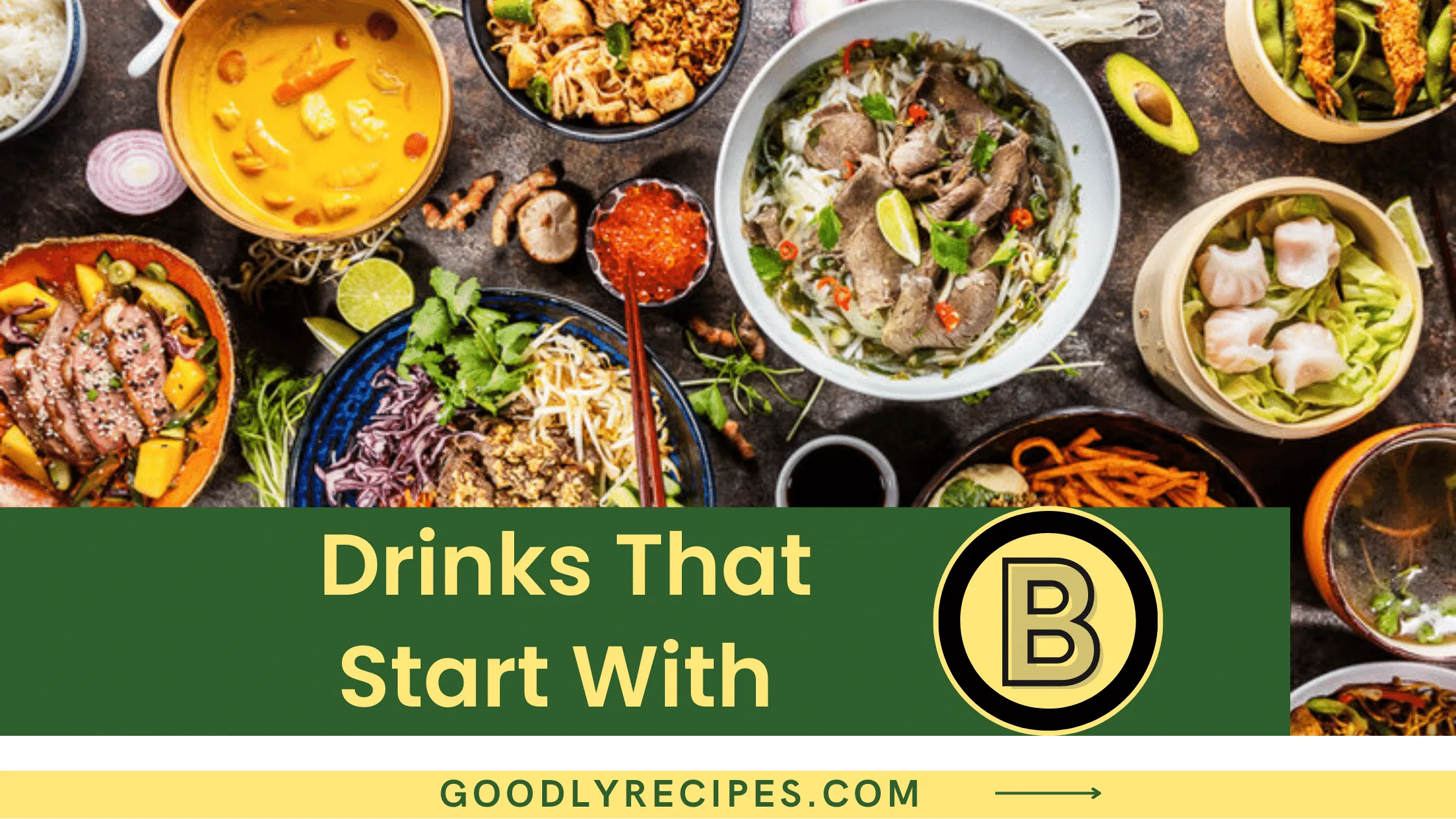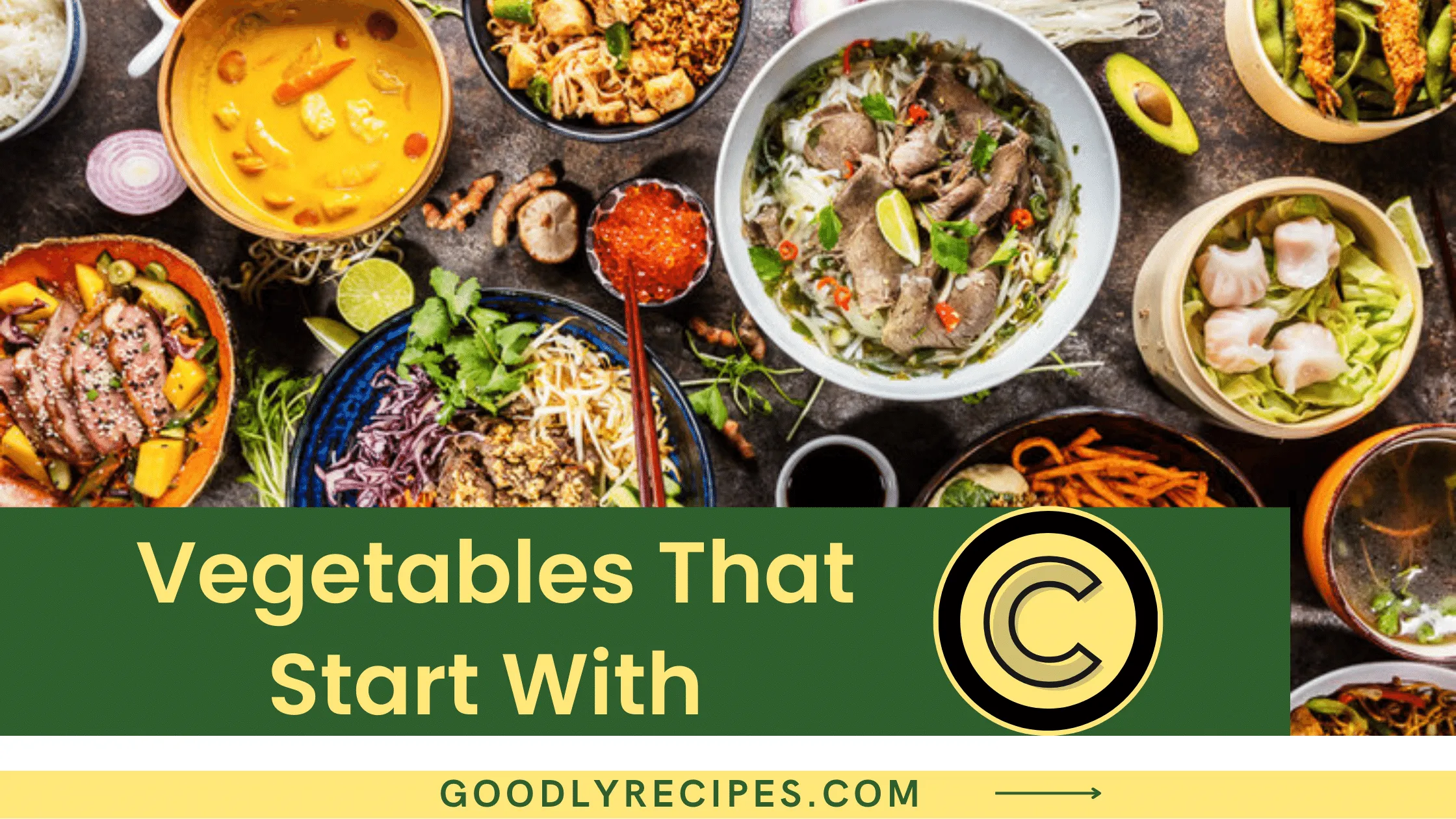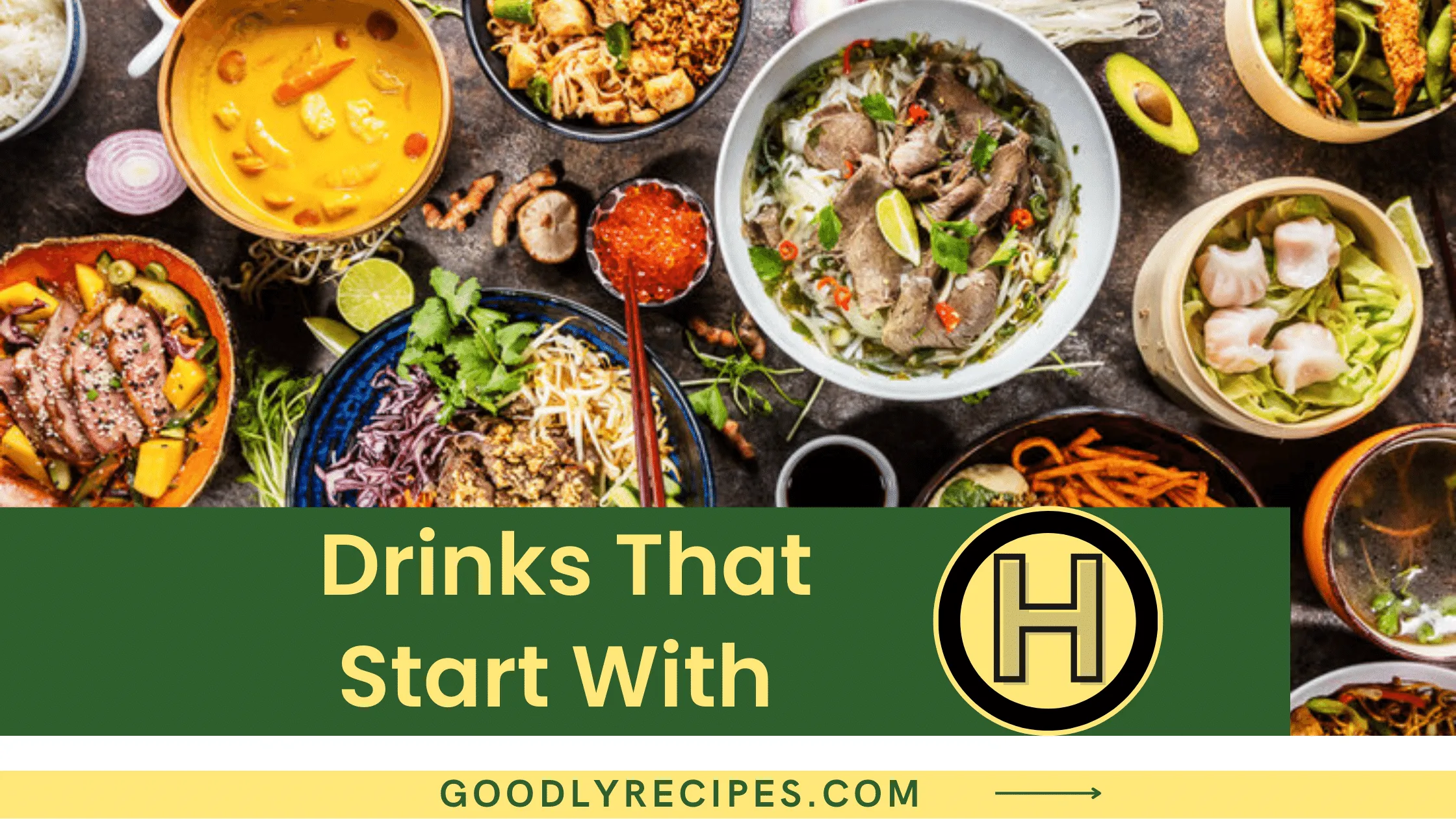Vegetables That Start With B:
There are lots of delicious and nutritious veggies that start with the letter B. From beets and broccoli to bok choy and Brussels sprouts, there are many options available to suit just about any taste preference. Whether you’re trying out a new veggie-laden recipe or simply want some healthy snacks on hand, learning about the amazing range of vegetables that start with B can help set you up for success.
Banana Squash:
Banana squash is a winter squash that is named for its resemblance to a banana. It has a long, narrow neck and bulbous bottom that tapers to a point. The skin is thin and smooth, and the color can vary from light yellow to orange. The flesh is also orange, and it is sweet and creamy with a slightly nutty flavor. Banana squash is high in vitamins A and C, potassium, fiber, and beta-carotene.
Bai Yor Leaf:
Bai Yor leaf is a medicinal plant that has been used for centuries in traditional Thai medicine to treat a variety of diseases and conditions. The leaves are most commonly used to treat fever, respiratory problems, and pain relief. The active ingredients in Bai Yor leaf are believed to be the flavonoids and alkaloids present in the plant. These compounds are thought to have anti-inflammatory, analgesic, and antipyretic properties.
Bamboo Shoots:
Bamboo shoots are the edible shoots of bamboo plants. They are sometimes used as a vegetable, and they have a slightly sweet taste. Bamboo shoots are high in antioxidants, vitamin C, and potassium. They also contain significant levels of copper, magnesium, and phosphorus. Bamboo shoots are available fresh or canned. They can be added to stir-fries, soups, or salads.
Beans:
Beans are a healthy, nutritious food that provides important vitamins, minerals, and other nutrients. They are a good source of protein, fiber, and antioxidants, and they can help to lower cholesterol levels and reduce the risk of heart disease.
Beans also have anti-inflammatory properties, which may help to protect against certain diseases. They are low in calories and fat, and they can be eaten cooked or raw.
Beans, Green:
Green beans, also known as string beans, are the immature pod of the common bean plant. They are a good source of dietary fiber, protein, vitamin C, and manganese.
Green beans are available all year round and can be found fresh or frozen. They can be eaten whole or cut into pieces. Green beans can be boiled, steamed, stir-fried, or microwaved.
Beansprouts:
- Beansprouts are a great source of nutrients, including protein, fiber, vitamins, and minerals. They are also a good source of antioxidants, which can help protect your cells from damage.
- Beansprouts are a type of sprout that is made from the germination of beans. Once the bean starts to grow, the sprout can be eaten raw or cooked. Beansprouts are high in fiber and protein, and they are a good source of several vitamins and minerals, including vitamin C, vitamin B6, folate, magnesium, potassium, and zinc.
Beets:
- Beets are a root vegetable that is used in many different dishes. They are a great source of fiber, folate, potassium, and vitamin C. They also contain betaine, which has been shown to reduce homocysteine levels in the body. Homocysteine is an amino acid that has been linked with heart disease and other health problems.
- Beets can be eaten raw or cooked. They are often used in salads or as part of a side dish. Beets can also be juiced or added to smoothies.
Bell Peppers:
Bell peppers come in a variety of colors including green, yellow, orange, and red. They are a good source of dietary fiber, vitamin C, and vitamin A. The nutritional value of bell peppers varies depending on the color. For example, green bell peppers are a good source of dietary fiber and vitamin C but not as rich in vitamin A as the other colors. Orange and red bell peppers are the most nutrient-rich, providing high levels of both vitamin C and vitamin A.
Betel Leaf:
The betel leaf is an evergreen perennial that is indigenous to South and Southeast Asia. It is the most common species of pepper in the world. The leaves are ovate, about 10 cm long and 8 cm wide, with a pointed apex and a heart-shaped base. The flowers are small, white or pink, and arranged in clusters.
The betel leaf is mainly used as a vehicle for chewing paan (a mixture of areca nut, slaked lime (calcium hydroxide), and tobacco), which is often chewed by men in many parts of Asia for its stimulant and aromatic effects.
Black Turtle Beans:
Black turtle beans are a type of legume that is often used in Mexican cuisine. They are also popular in South American cooking and can be found in dishes such as refried black beans, black bean soup, and black bean dip. Black turtle beans are high in protein, fiber, and antioxidants, making them a healthy addition to any diet. Anthocyanins are plant-based antioxidants that have been shown to have anti-inflammatory and anti-carcinogenic properties.
Black Eyed Peas:
The black-eyed pea is a type of legume that is most commonly used in dishes such as Hoppin’ John, a traditional Southern dish made with black-eyed peas and ham hocks. The peas are also often used in salads, soups, stews, and casseroles. Black-eyed peas are an excellent source of protein, fiber, and antioxidants, and they are also low in fat and calories. The peas grow best in warm climates, and they are usually harvested from late summer to early fall.
Broccoli:
Broccoli is a cruciferous vegetable that is related to cabbage, cauliflower, and Brussels sprouts. It contains high levels of vitamin C and vitamin K, as well as carotenoids and glucosinolates. These nutrients give broccoli its cancer-fighting properties, as well as its health benefits for the heart and bones. Broccoli can be eaten raw or cooked. When cooked, it has a slightly bitter taste but retains most of its nutritional value. Raw broccoli is also available in season at some grocery stores and farmers’ markets.
Broccolini:
Broccolini is a cross between broccoli and kai-lan, a type of Chinese broccoli. Broccolini has a sweeter taste and smaller florets than broccoli. It is a good source of vitamins A, C, and K, as well as folate and potassium. Broccolini can be eaten raw or cooked. It is best steamed for 3-5 minutes or boiled for 2 minutes.
Broccoli Rabe:
Broccoli rabe, also known as rapini, is a leafy green vegetable that is related to broccoli and cabbage. It has a slightly bitter taste and is often cooked with garlic or in olive oil. Broccoli rabe is a good source of fiber, vitamin C, vitamin A, potassium, and magnesium. It also contains sulforaphane, an antioxidant that may help protect against cancer. Broccoli rabe can be eaten raw or cooked. It can be added to salads or sautéed or steamed as a side dish.
Broccoflower:
Broccoflower is a mix of broccoli and cauliflower. The taste is similar to that of cauliflower, but a little milder. It is low in calories and carbs and high in fiber, vitamin C, and vitamin K. It also contains some omega-3 fatty acids. Broccoflower can be steamed, boiled, roasted, or used in salads or stir-fries.
Bok Choi:
Bok Choi is a type of cabbage that is often enjoyed in Asian cuisine. It has a mild flavor and slightly crunchy texture and can be eaten raw or cooked. Bok Choi is high in vitamins A, C, and K, as well as minerals like potassium and iron. It also contains beneficial antioxidants that can help protect against age-related diseases. Bok Choi can be added to salads, stir-fries, or soups. It pairs well with other veggies like carrots, onions, and bell peppers, as well as with proteins like chicken or shrimp.
Broad Beans:
Broad beans, also known as fava beans, are a type of legume that is high in protein, fiber, and vitamins. They can be enjoyed fresh or cooked. Broad beans should be stored in the refrigerator where they will keep for about two weeks. Broad beans can be enjoyed fresh or cooked. When eaten fresh, they are typically pod-eaten with the pod being discarded. The beans inside the pod are then sucked off the stem one at a time. When cooked, they can be added to soups and stews or served as a side dish.
Brussels Sprouts:
Brussels sprouts are a member of the cabbage family and are related to broccoli, kale, and collard greens. They have a strong, slightly bitter flavor and are usually eaten cooked. Brussels sprouts can be roasted, boiled, steamed, or fried. Brussels sprouts are a good source of fiber, vitamins C and K, folate, and potassium. They also contain sulforaphane, a phytonutrient that has anti-cancer properties.
Buttercup Squash:
Buttercup squash is a winter squash that is shaped like a small buttercup. It has smooth, dark green skin and orange flesh. The flesh is dense and has a very sweet, smooth flavor. Buttercup squash is an excellent source of vitamins A and C, as well as potassium. It is also a good source of fiber. One cup of diced buttercup squash contains only 42 calories.
Butternut Squash:
Butternut squash is a winter squash that is long and cylindrical in shape. It has a deep yellow or orange flesh that is smooth, firm, and sweet. The skin is thin and ranges in color from green to tan. Butternut squash is a good source of beta-carotene, vitamin C, potassium, magnesium, and manganese. Butternut squash can be roasted, baked, steamed, boiled, or pureed. It can also be added to soups or stews.
Source: GoodlyRecipes.com

